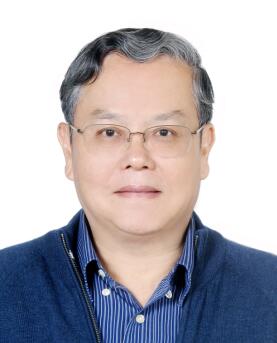Abstract—Structural and lithium insertion characteristics of high-capacity disordered carbons derived from rice husk are described. The carbonaceous materials were synthesized by pyrolyzing rice husk under argon with and without prior treatment with a proprietary porogenic agent. Both the porogen-free and porogen-treated precursors yielded carbons with poor crystallinity, although the surface areas of the latter products were six to nine-fold higher. The small values of the R factor, as determined from XRD data, suggested that all the carbons were predominantly non-parallel single sheets of carbons. The high capacities of these disordered carbons are attributed to lithium that bound to the hydrogen-saturated carbons and also onto extra surfaces of the single layers of carbon. Other contributing factors are the accommodation of additional lithium in the nanoscopic cavities, interaction of lithium with surface functional groups, and lithium plating on the carbon surface. Although disadvantaged by high first-cycle irreversible capacities, the carbons derived from porogen-treated precursors delivered high capacities at increasing coulombic efficiencies as the cycling proceeded. The consistently high capacities make them potential candidates as anode materials for lithium-ion batteries.
Index Terms—carbonaceous anode, high-capacity carbons,lithium-ion batteries, rice husk.
1Dept. of Chemical and Materials Engineering, National CentralUniversity, Chung-Li, Taiwan 32054 R.O.C. (*Author for correspondence:Tel/Fax: +886-3-425-7325; E-mail: gfey@cc.ncu.edu.tw )
2Fuel Cell Center, Yuan Ze University, Chung-Li 32003, Taiwan, R.O.C.
[PDF]
Cite: G.T.K. Fey, Y.D. Cho, C.L. Chen, K.P. Huang, Y.C. Lin, T.P. Kumar, and S.H. Chan, "Pyrolytic Carbons from Porogen-treated Rice Husk as Lithium-insertion Anode Materials," International Journal of Chemical Engineering and Applications vol. 2, no. 1, pp. 20-25, 2011.



